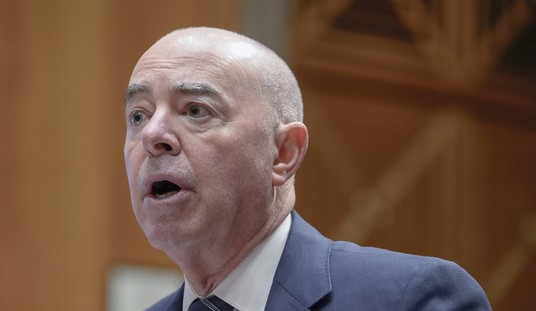Many are the lessons to be learned between the Iranian Revolution of 1979 and the current revolutions of the Arab world.
Consider the issue of the hijab, the female “veil”—the proliferation of which, according to one former Islamistand associate of al-Qaeda’s Ayman Zawahiri, is associated with a Muslim society’s downward spiral into oppression and terror.
 Front page of Iran’s Ettela’at in 1979, assuring everyone that the hijab will not be mandatory. Front page of Iran’s Ettela’at in 1979, assuring everyone that the hijab will not be mandatory. |
Prior to Egypt’s presidential elections, the Muslim Brotherhood candidate, Muhammad Morsi, assured the nation’s liberals and secularists that, as president, he would certainly not enforce the hijab: “Many people are speaking nonsense, saying that I will impose the hijab against the will of the people; no one is going to force anyone to wear a specific uniform.”
These are famous words, spoken almost verbatim some 33 years earlier, in Iran, at the time of the 1979 revolution. In fact, during the early days of the revolution, Ayatollah Mahmud Taleghani, a popular mullah, to reassure the secularists who participated in the overthrow of the Shah that an Islamic government would certainly not interfere with their freedoms, declared in the March 11, 1979 edition of Iran’s newspaper,Ettela’at, that “The hijab will not be a matter of coercion.”
The rest is history. Within months of the founding of the Islamic Republic, the 1967 Family Protection Law was repealed, female government workers were made to wear the hijab, women were barred from becoming judges, sex-segregation laws were promulgated, the marriage age for girls was dropped to 13, and married women were barred from attending regular schools. Today, Iranian women are regularly beaten if they are not dressed in appropriate hijab.
The parallels between Iran and Egypt do not end there. … Continue reading to see how.










Join the conversation as a VIP Member